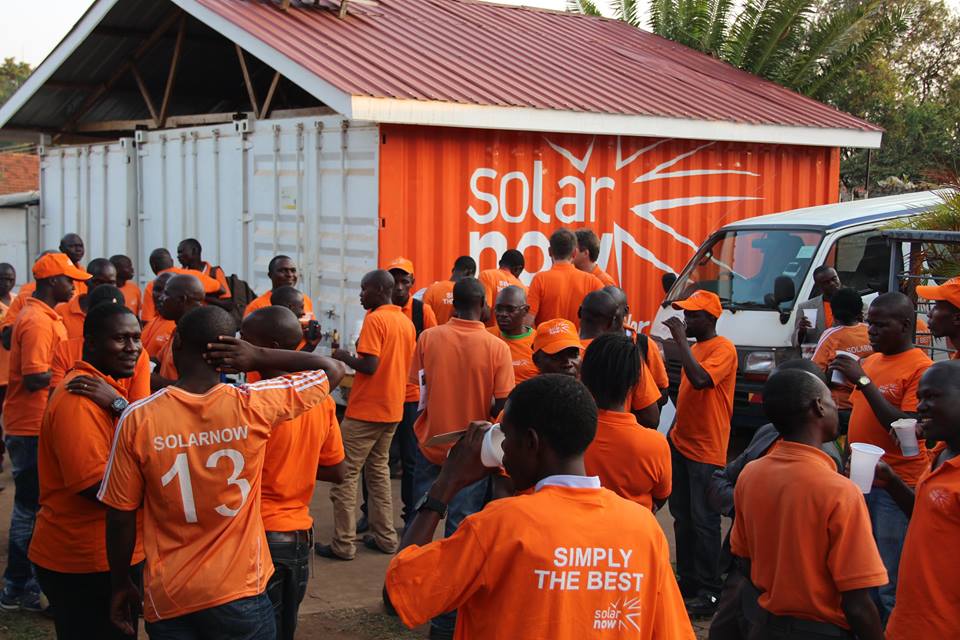East Africa is starved of power, that much is evident. According to the World Bank, only 23 per cent of Kenyans, 14.6 per cent of Ugandans, 10.8 per cent of Rwandans and 14.8 per cent of Tanzanians respectively have access to electricity.
It is these kind of figures that create a huge opportunity for entrepreneurs, and, benefitting from supportive government policies when it comes to solar power, a number of companies are looking to bridge Africa’s power gap using solar technology.
Along with the likes of Juabar and M-KOPA Solar, Ugandan startup SolarNow has identified these opportunities, as have the company’s external equity investors Invested Development, Acumen Fund and Novastar Ventures, who have in total injected US$3 million into the business.
The concept in itself is simple, with SolarNow selling solar systems to rural households and businesses in Uganda with an 18-month credit facility in order to make them affordable. But Willem Nolens, the company’s founder and chief executive officer (CEO), told Disrupt Africa there was no need for complicated distribution models when the need was so great.
“There is an enormous unmet demand for solar energy. Market penetration is belowm three per cent and competition is in most regions absent,” he said.
Originally born as a non-government organisation (NGO) that successfully trained hundreds of solar energy retailers in Africa, SolarNow became a private, for-profit entity in 2011 after realising end user finance was needed to achieve a real breakthrough in the market.
“With banks and microfinance institutions not willing to provide loans to the rural people, we decided to do it ourselves,” Nolens said.
The switch has worked wonders. SolarNow has 45 branches covering almost the entirety of Uganda, and plans to expand to at least one other East African country in 2015. So far the startup has sold 6,100 solar systems. The average system costs US$800, but its most popular product costs US$500. Monthly sales are between 300 and 400 systems, and expected to grow to between 500 and 600 per month during 2015, when the company expects to become sustainably profitable.
Launching the business has not been without its challenges, according to Nolens.
“The biggest market challenge is that many households have over the past 15 years been disappointed in the solar products they bought in the absence of end user finance mechanisms,” he said.
“The perceived risk/return ratio of the product is high. It takes time to convince people that by buying good quality on credit, including 24 months of free maintenance and warranty, the client in fact buys a solution that lasts for 10-15 years.”
He said the company had also grown too fast in the beginning, without having the structures and funding in place.
“That is the disadvantage of taking over an existing organisation. Setting up distribution, designing the right product, designing the back office and control structure all take time, taking into account we are operating in an unproven market, unproven product, unproven distribution model,” Nolens said.
“It is not strange that investors were initially reserved. Now that the company is growing, and there is firm proof of concept, things get easier. The difficulty now is to manage fast replication of the business in and outside Uganda.”


